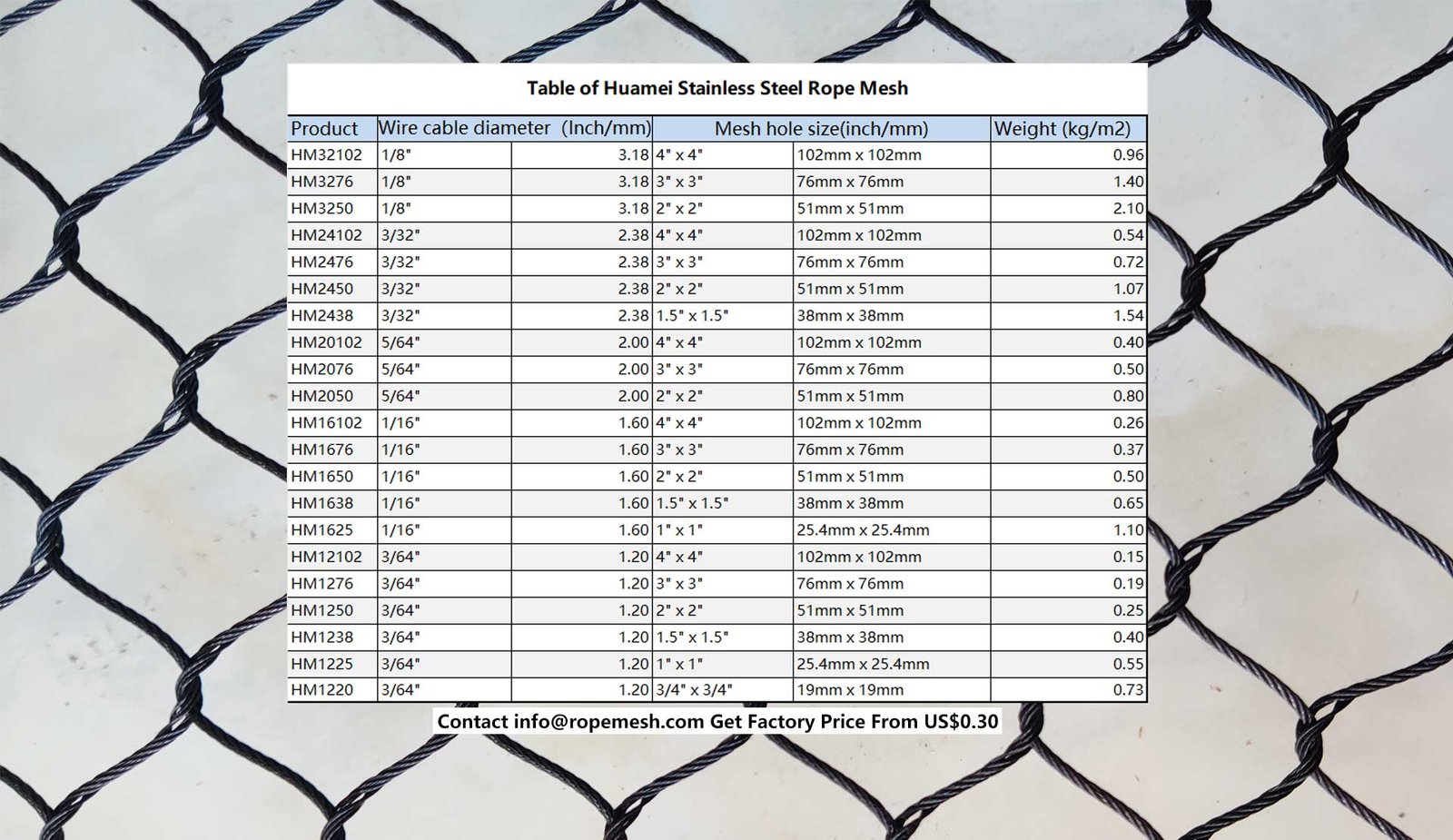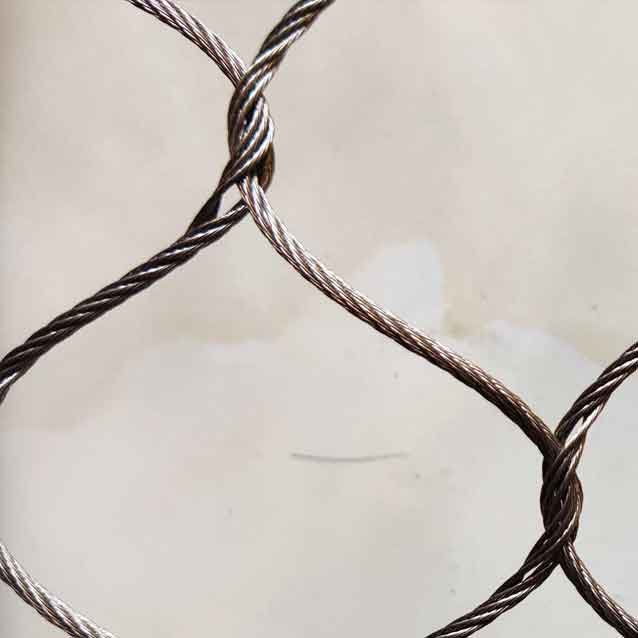Introduction to Garden Barriers
Garden barriers serve an essential role in the cultivation and maintenance of a healthy garden environment. These impediments, whether physical or conceptual, are designed to protect plants, manage space, and enhance the aesthetic quality of outdoor areas. By strategically implementing garden barriers, gardeners can create a controlled space that is not only visually appealing but also conducive to plant growth and vitality.
One of the primary functions of garden barriers is to safeguard plants from various threats, including pests and wildlife. Animals such as rabbits, deer, and insects can pose significant risks to the health of gardens, often leading to the destruction of crops and ornamentals. Installing barriers like fences, netting, or raised beds can deter these intruders, thereby promoting a more stable environment for plant life. Additionally, barriers can be a preventative measure against soil erosion and excessive moisture loss, factors that contribute to an unhealthy garden ecosystem.
Moreover, garden barriers assist in the organization of garden spaces. They help define different areas such as flower beds, vegetable plots, and pathways, allowing for better management of plant growth and easier access for care and maintenance. The thoughtful placement of barriers can also influence the visual flow of a garden, lending structure and harmony to overall design.
In summary, garden barriers are an indispensable component of effective gardening practices. They provide protection against environmental threats, help manage space, and contribute to a cohesive and attractive garden layout. Understanding their importance is the first step to maximizing the potential of any outdoor space, leading to flourishing plants and a beautiful garden. The integration of such barriers ultimately enhances the enjoyment and utility of any gardening endeavor.


